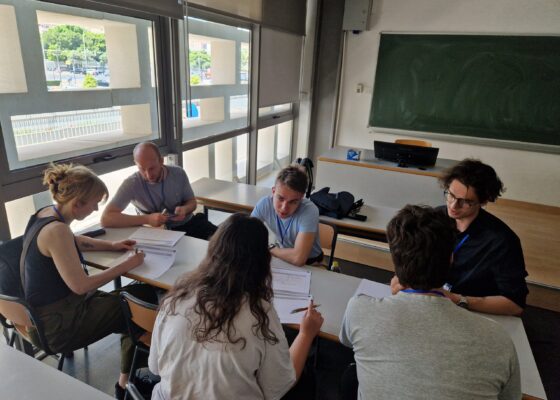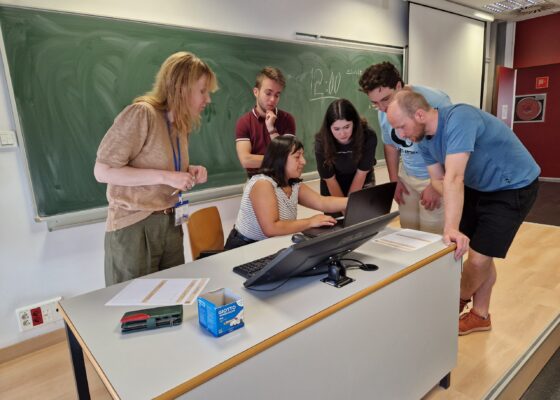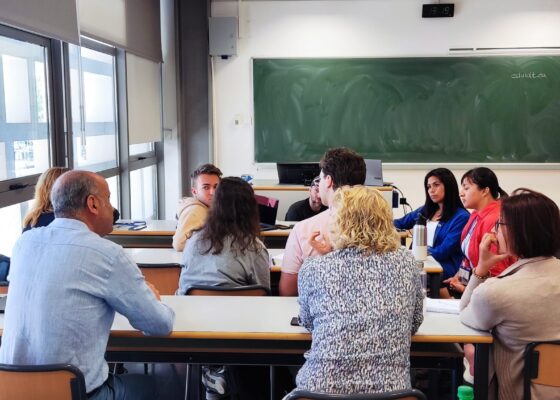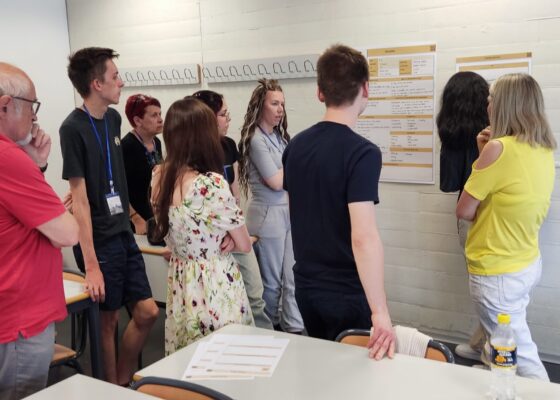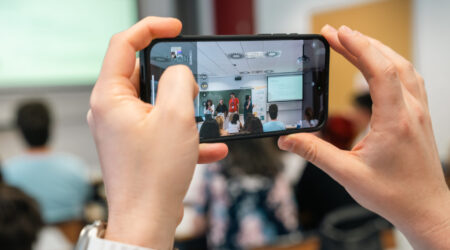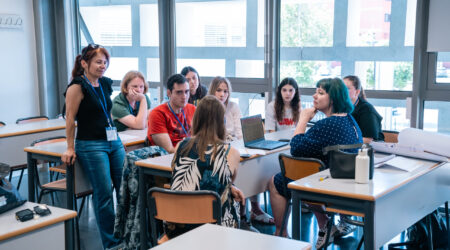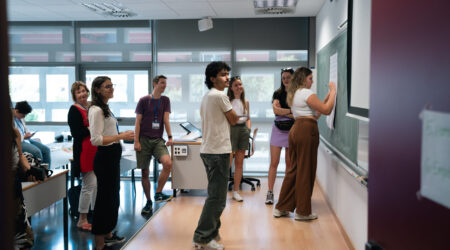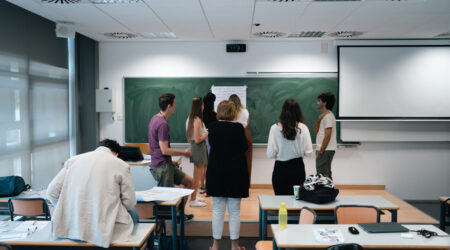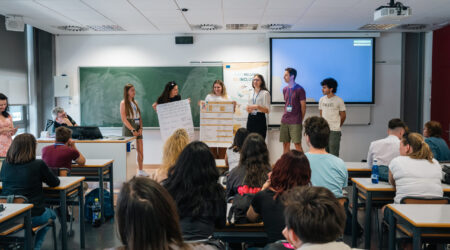From Learning to Leading: Teaching Inclusive Design Thinking in Valencia
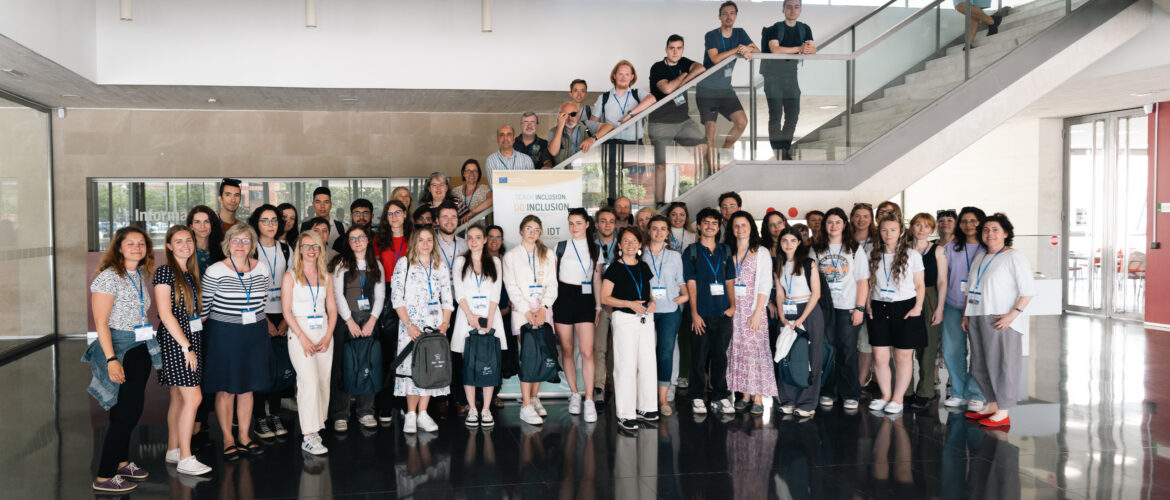
After three international workshops focused on building expertise among university lecturers, our Inclusive Design Thinking (IDT) journey reached a new milestone in Valencia, working directly with students. This week-long workshop combined the experience of lecturers, who had previously completed the full IDT process, with the creativity and energy of over 50 students and faculty members from 7 European countries.
Experiencing and teaching Inclusive Design Thinking
For the first time, participating lecturers were not only applying their professional skills, but also teaching students how to use IDT to create solutions for underrepresented groups. They guided student teams through the complete process, from Challenge Definition and Empathy, through Ideation, to Prototyping and Testing, while reflecting on which tools were most effective for engaging students and integrating IDT into their own courses.
This workshop allowed lecturers to:
- Experience the method as facilitators and observe its impact on student engagement.
- Identify tools from the Empathy, Ideation, and Prototyping phases most useful for their curricula.
- Begin integrating IDT into their teaching, enriching courses with real-world, human-centered problem-solving methods.
Focus groups and real-world challenges
In three classrooms student teams developed inclusive solutions for three specific target groups:
- Spanish-speaking immigrants in Spain
- Senior citizens in Valencia
- A temporarily disabled individual recovering from hip surgery
The goal was to understand users’ needs, frustrations, and motivations and translate these insights into ICT-based prototypes that could improve their daily lives.
From paper to interactive prototypes
Over five intensive days, teams advanced through all phases of the IDT process:
- Empathy and Define – conducting interviews with sponsors and target users, clustering insights, and creating personas and customer journeys.
- Ideation – brainstorming, evaluating ideas, and generating “How might we…” questions to inspire creative solutions.
- Prototyping and Testing – building paper and digital prototypes, role-playing interactions, and collecting structured feedback using feedback grids.
Among the first drafts of inclusive solutions were:
- Mobile applications for seniors to discover activities, connect with peers, and expand their social circles.
- Assistance apps for immigrants to simplify bureaucracy, connect with local citizens, and foster cultural exchange.
- Inclusive features for temporarily disabled users, helping them manage daily tasks, maintain access to education, and address the emotional challenges of temporary physical limitations.
Testing our own tools and resources
The workshop also served as a live test of our Inclusive Design Thinking book prototype, task sheets, and templates. Lecturers and students used these materials throughout the week, providing valuable feedback that will help refine our resources for future workshops and teaching activities.
Collaboration and impact
By the end of the week, students not only created their first inclusive prototypes, but also experienced the complete human-centered design journey. Lecturers left with practical insights for applying IDT in their own courses, completing the cycle from learning, to teaching, to real-world application.
Together, this workshop highlighted how academic collaboration and student engagement can result in small but meaningful contributions toward a more inclusive world.

